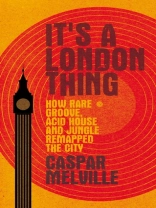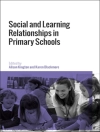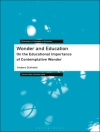This book is a record of the Black music culture that emerged in post-colonial London at the end of the twentieth century; the people who made it, the racial and spatial politics of its development and change, and the part it played in founding London’s precious, embattled multiculture.
It tells the story of the linked Black musical scenes of the city, from ska, reggae and soul in the 1970s, to rare groove and rave in the 1980s and jungle and its offshoots in the 1990s, to dubstep and grime of the 2000s. Melville argues that these demonstrate enough common features to be thought of as one musical culture, an Afro-diasporic continuum. Core to this idea is that this dance culture has been ignored in history and cultural theory and that it should be thought of as a powerful and internationally significant form of popular art.
Содержание
List of figures
List of plates
Preface
Acknowledgements
Introduction: London’s sonic space
1 Hostile environment: London’s racial geography, 1960-80
2 Warehouse parties, rare groove and the diversion of space
3 From Ibiza to London: Brixton acid and rave
4 ‘A London Sum’ting Dis’: diaspora remixed in the urban jungle
Epilogue: music and the multicultural city
Appendix: interviews for the book
Bibliography
Об авторе
Formerly a music journalist and editor of New Humanist magazine, Caspar Melville is a lecturer at SOAS, University of London, where he convenes the MA in Global Creative and Cultural Industries












